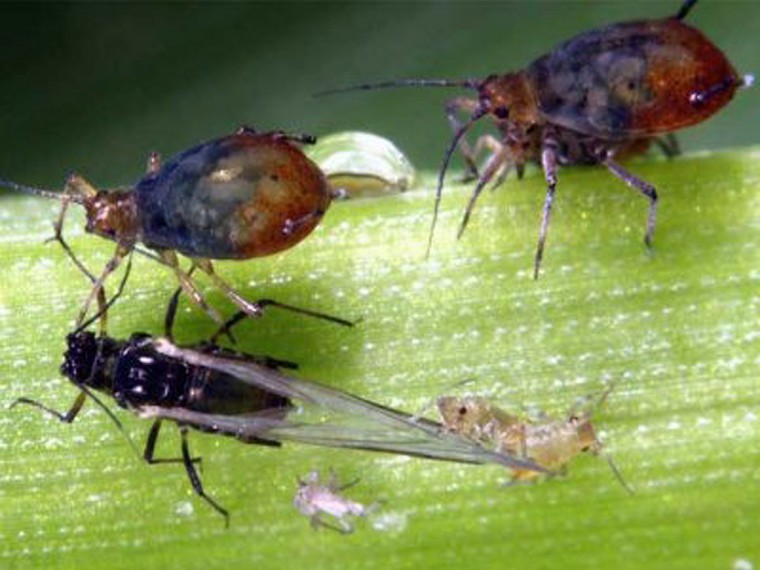The relatively early flights are due to winter temperatures being about 1°C above the 30-year average across most of Britain.
Sue Cowgill, who manages pest research at AHDB, said: “When it comes to the first aphid flights, temperatures in January and February are critical.
“The spell of unseasonably warm weather at the end of February, in particular, has really helped push aphid development along this year.”
Two forecasts are available. The forecast for cereals covers bird cherry–oat aphid, rose–grain aphid and grain aphid. The forecast for brassica and potato covers peach–potato aphid, potato aphid and mealy cabbage aphid.
The estimated date ranges for the first aphids to be caught at suction trap sites across Britain are detailed in the forecasts. However, there is considerable uncertainty associated with the forecast dates at specific sites. The main purpose of the forecasts is to indicate how the current season compares with the long-term average. The information can be used to help focus in-field monitoring efforts.
It is also important to note that some aphids overwinter in crops and are likely to be present before aphid flights commence.
Regional information on aphid species and numbers is published within Aphid News. The e-newsletter is emailed weekly (Friday), during the main aphid flight period (typically, April to November).
The latest aphid forecasts, as well as information on how to sign up to receive Aphid News, are published on the AHDB website: ahdb.org.uk/aphid-news




